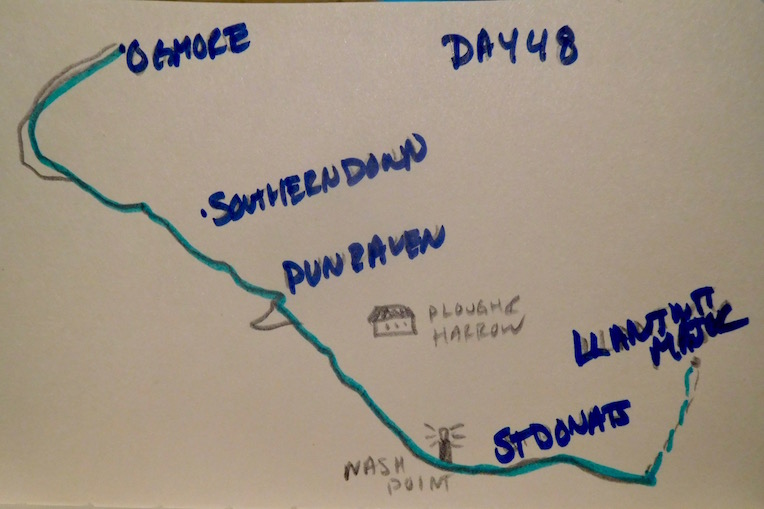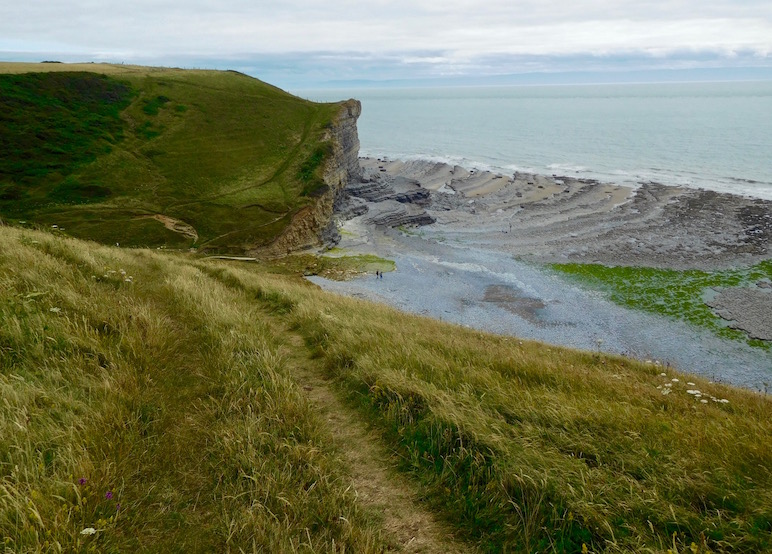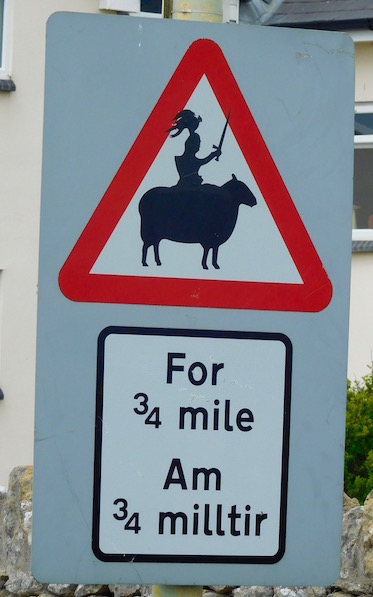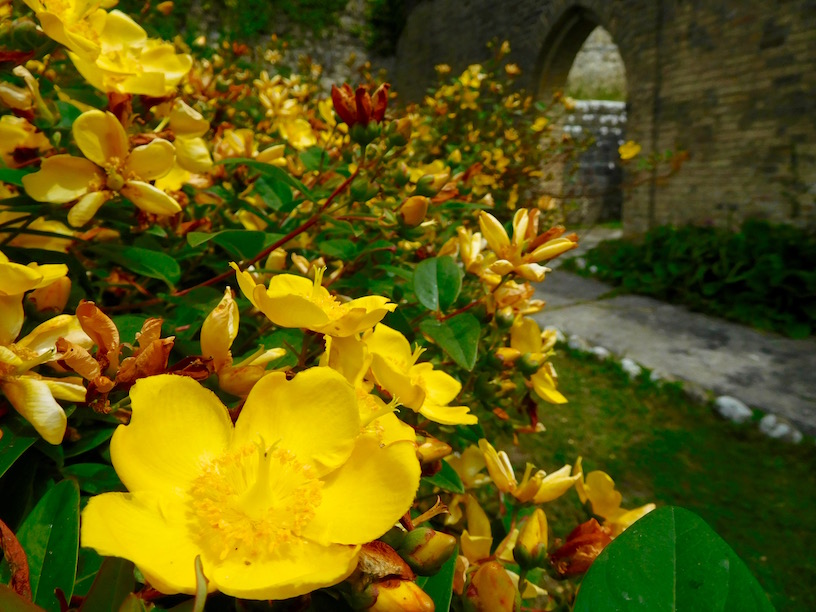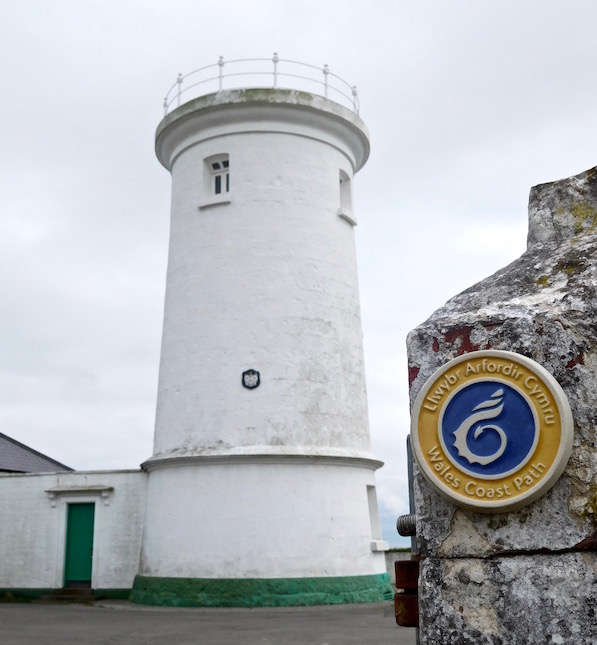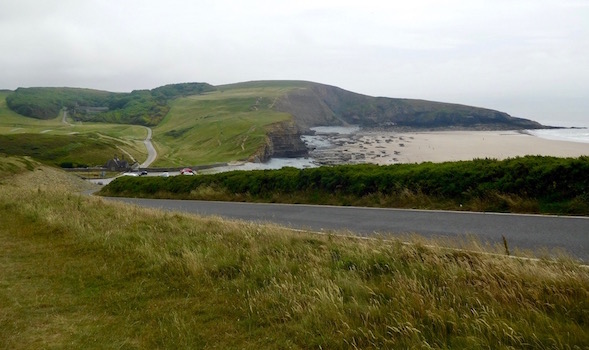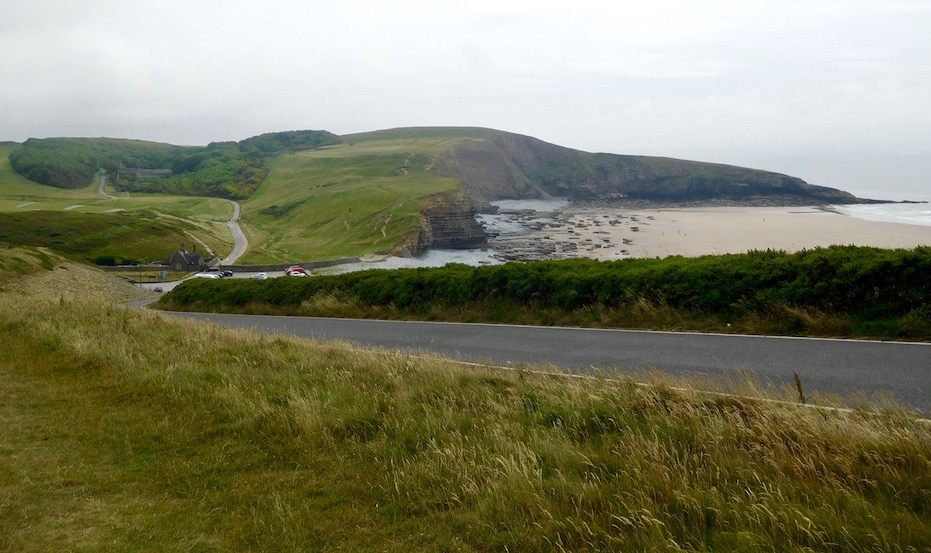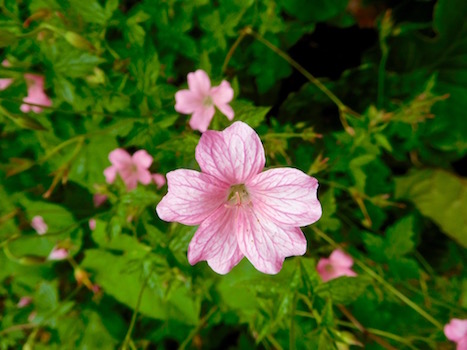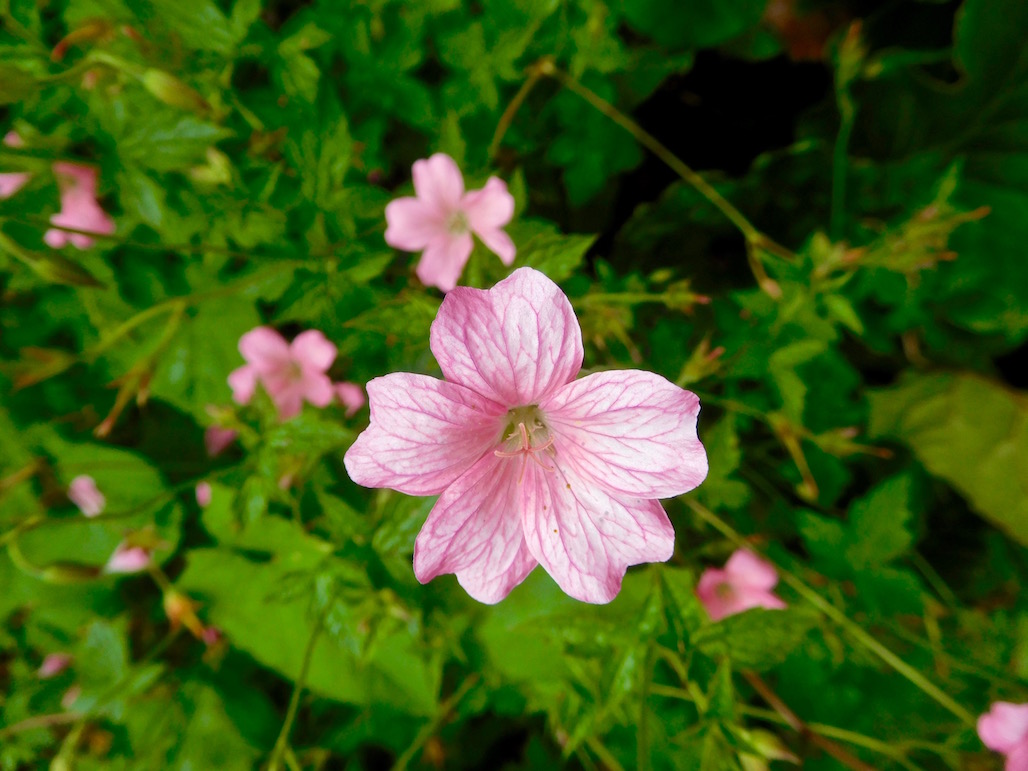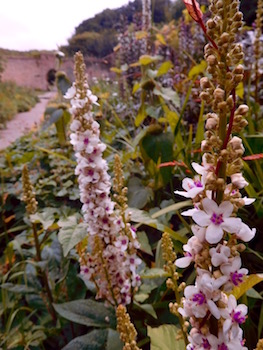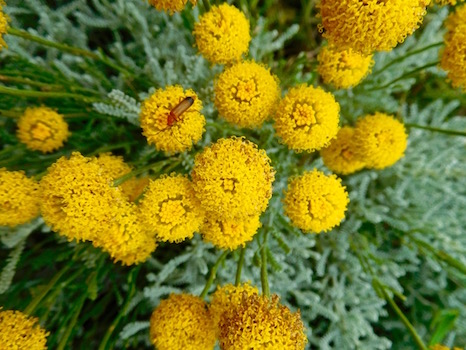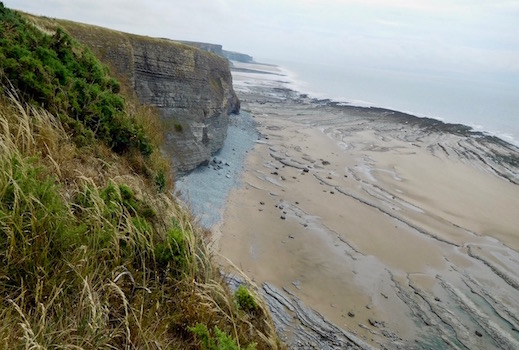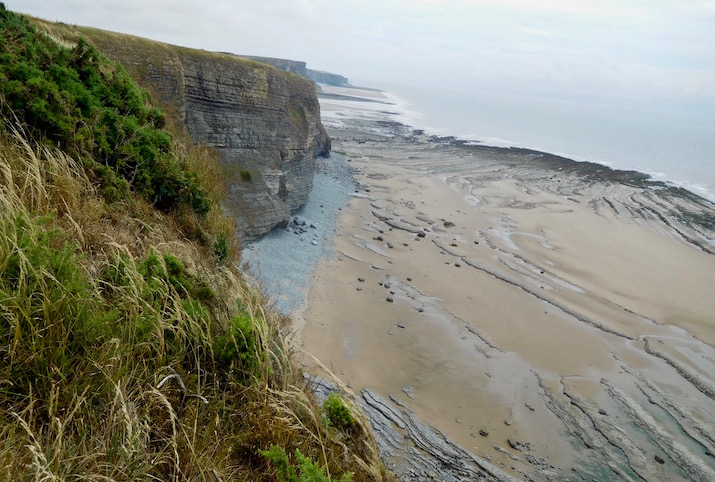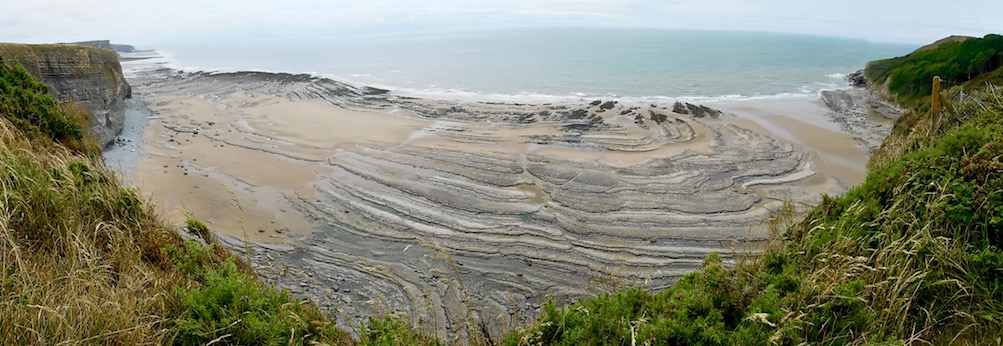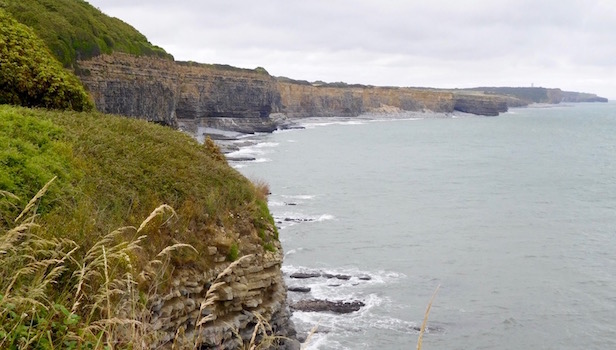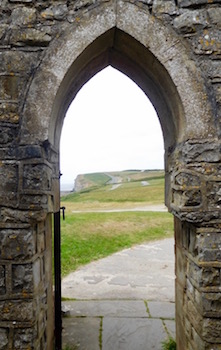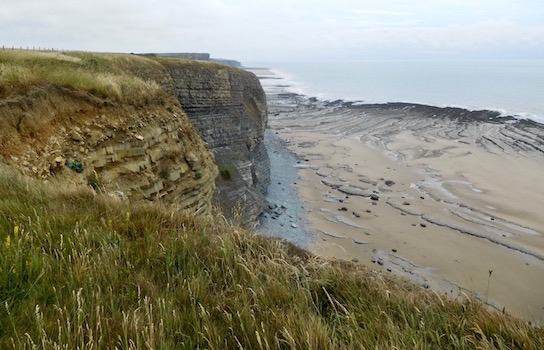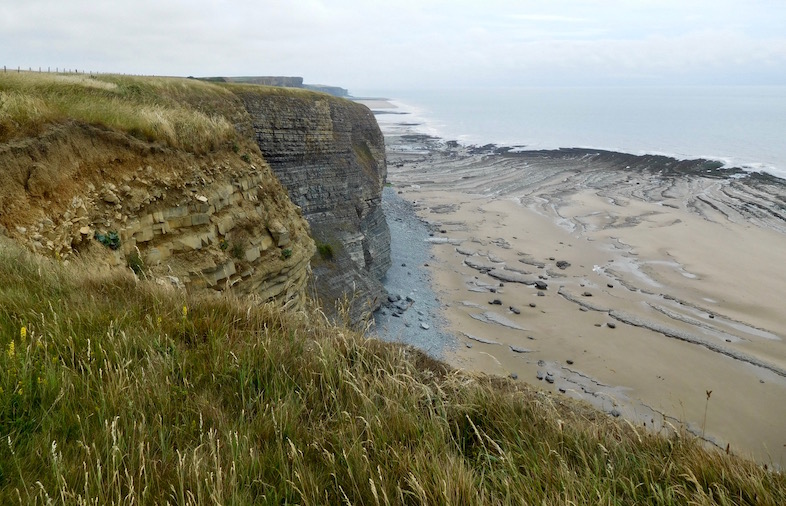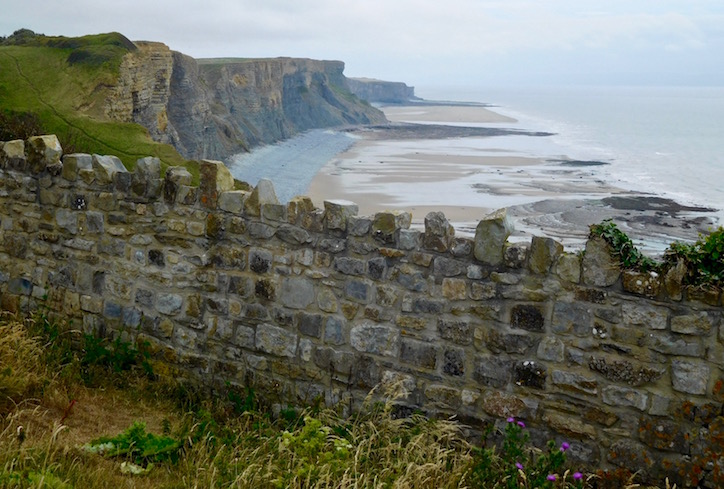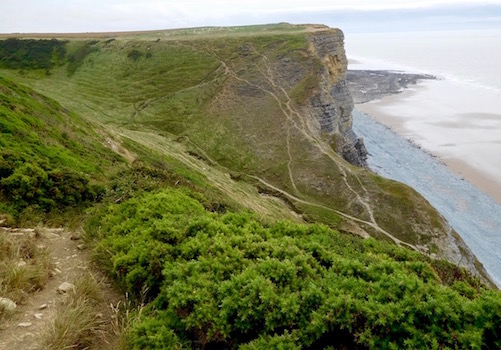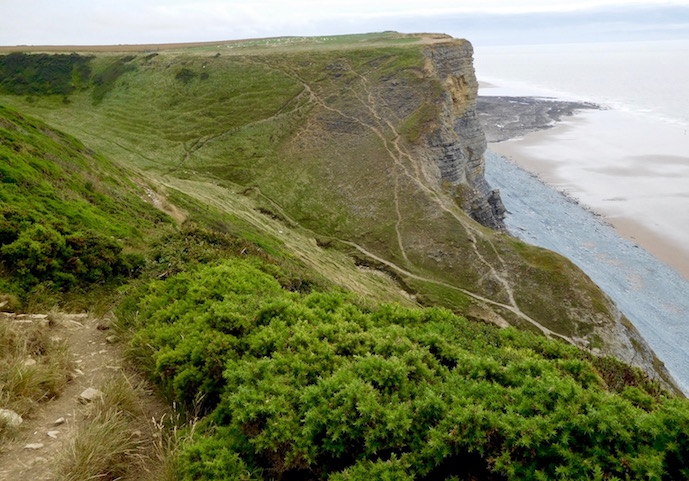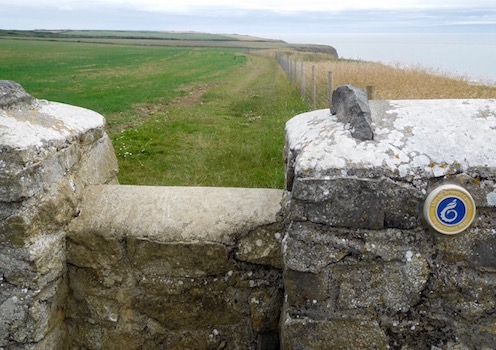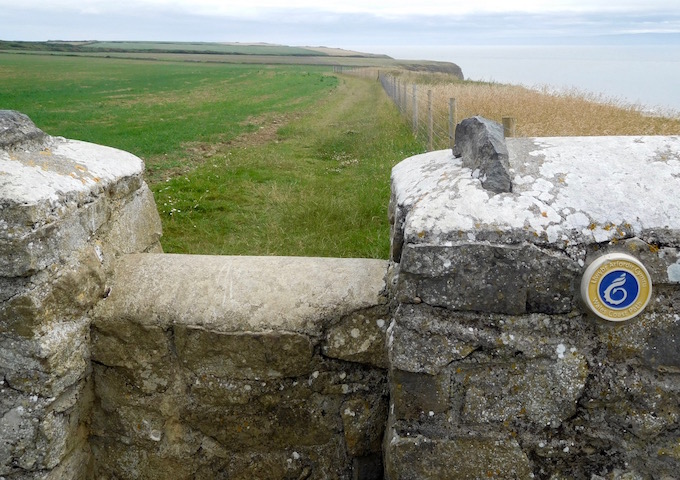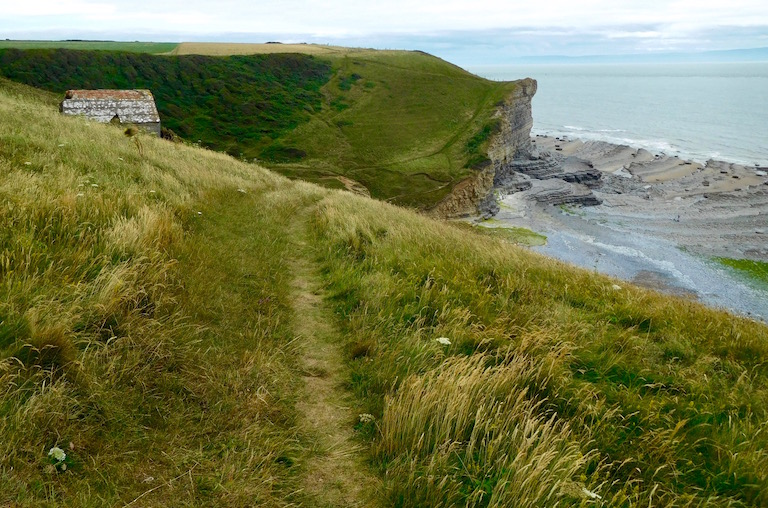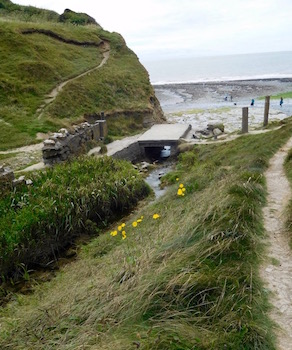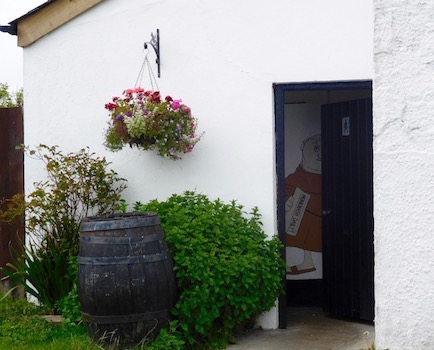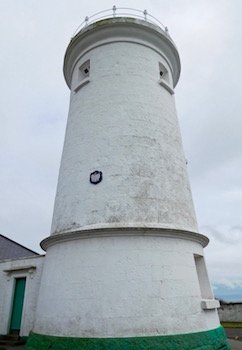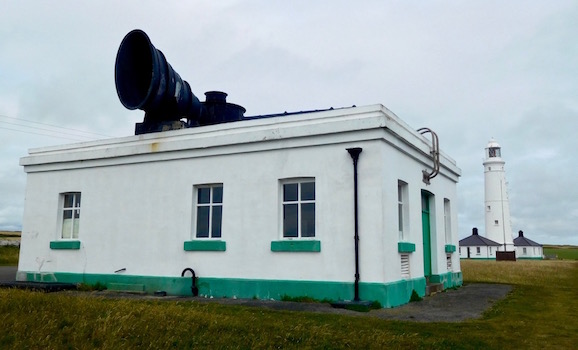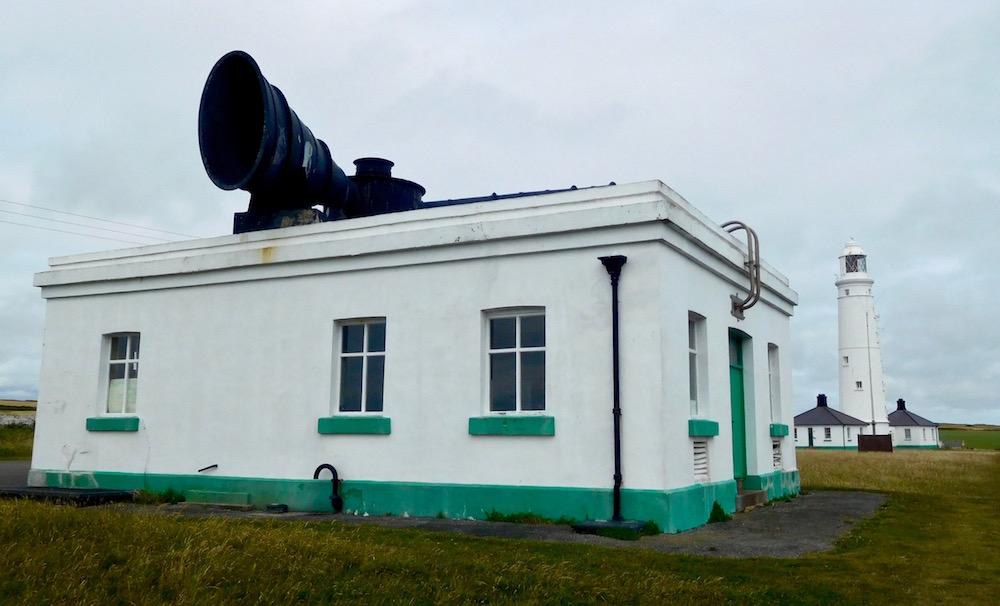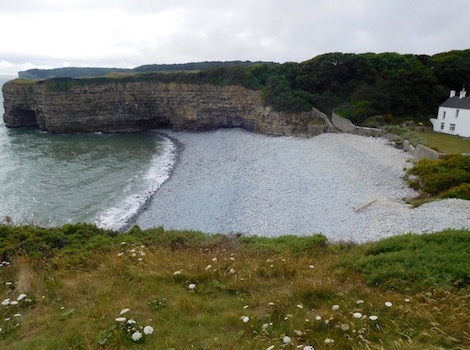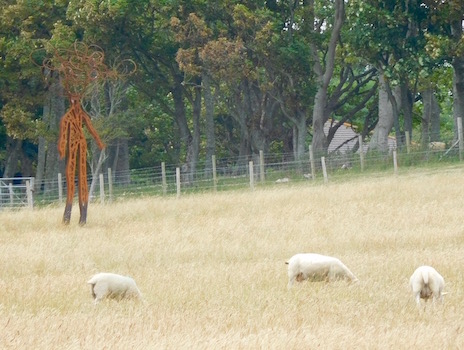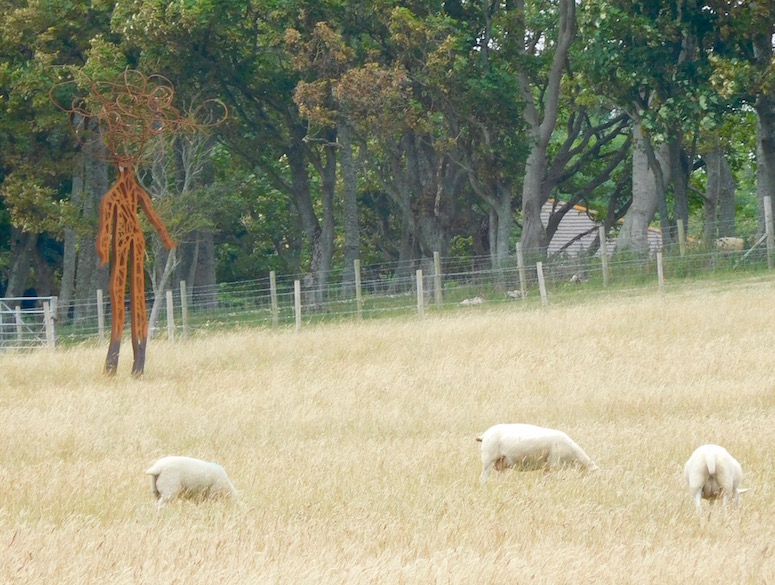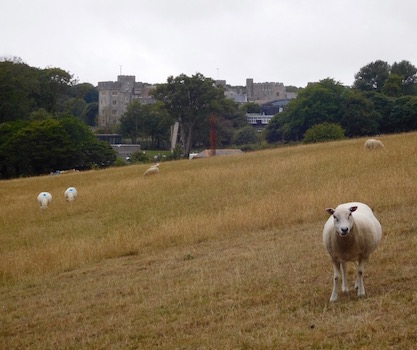Day 48
Ogmore to Llantwit Major: 11 miles
Ghost Story of the Day: monk ghosts haunting a pub
Reason: They probably bring good beer, and there's the possibility of them being a silent order, which seems less scary somehow.
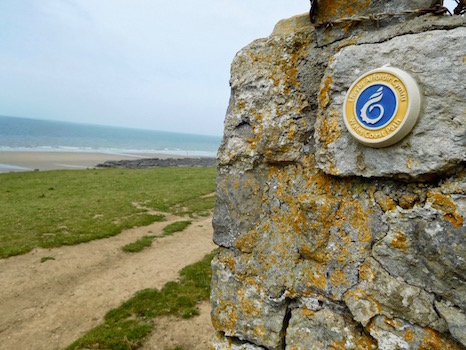
Who doesn't love a good walled garden
Now today was a lovely hiking day. Moving on from the Bridgend Coast Path, I passed onto the Glamorgan Heritage Coast. Although they might overlap - as according to Visit Wales Porthcawl is a thing to do on the Glamorgan Heritage Coast. Did I mention I don't fully understand how the counties work here? Because I don't.
Anyway, I was certainly in Glamorgan this morning, as all the tourists placards can attest. Unfortunately due to accommodation bookings I'd made for the Offas Dyke Path, I couldn't dawdle as I had to walk a certain number of miles a day to get to Chepstow in time. That said - I still saw rather a lot - and there was a lot to see!
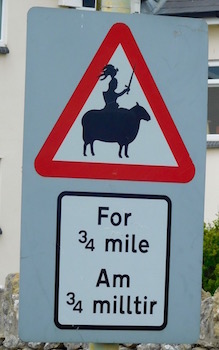
Quickly leaving the picturesque ruins of Ogmore Castle behind, I followed the trail along cliffs without a lot of ups and downs, until I got to Southerndown and Dunraven Bay. The Bay itself looked quite nice, but the path went right past the Dunraven Walled Gardens that used to belong to Dunraven Castle. And if there's one thing I like, it's a good walled garden, so I went in here for a bit.
They didn't disappoint. Originally built in the 16th century, the walled gardens were built to lessen the effect of the elements (like sea breezes) on the plants. Over the centuries they were built up to the several large square gardens that are still tended today. The placards describe how the gardens were used - fruit trees, greenhouses with special ways to keep roots warm, massive flower beds, and other information. The gardens aren't being quite restored to their original purposes as the amount of free labor necessary to keep up gardens like this isn't available these days as oddly enough gardeners now like to be paid. But they were still impressive.

More Haunted Houses
Moving on, I tried my best to make it to Cwm Nash by 3pm, as my AirBnB hosts had recommended a 13th century pub called the Plough and Harrow on a slight diversion inland, and I wanted to eat there. This effort was hampered slightly by my mistakenly thinking the path ran straight up the side of a narrow valley (there was a clear path, but it must have been for sheep) and thus wasting some time sliding down a hill.
But I did still get to the pub by 3. Where I learned that they actually stopped serving food at 2:30. So I got a packet of peanuts and a pint of the Hereford Pale Ale figuring that ale has calories so surely this was close enough to lunch.

Even without food, I was glad to have made a stopover at the Plough & Harrow. The pub is consistently named among the best pubs in Wales and Britain, and has seen visits by Robert Plant of Led Zeppelin, and Elijah Wood. Although to be fair Robert Plant seems to have visited everywhere in Wales as his family had a summer cottage in Artists Valley back near where I live, and lives in western England relatively close to the Welsh border.
Anyway, the pub. So, it was built in the 13th century as a monastic grange, likely to provide food to a nearby abbey. The walls slope back a bit as it looks like the construction had the foundations thicker than the top, and it lends to a very interesting historic feel for a pub - you can tell this is really old, even from the garden.

And as I learned when my hosts gave me free drinks and a chat that evening, it's quite haunted. If you look it up online, you'll find that monks used it 'as a mortuary to keep the bodies of sailors who washed up at sea' - but according to my hosts the story was a little different. This coastline has a lot of lighthouses, as navigation is quite tricky. So the townspeople used to tie lanterns to their sheep in the fields. In the dark and fog, sailors would confuse the sheep for the lighthouses, and they would shipwreck on the coast. At which point the townspeople would loot their boats, and bring the dead bodies to be kept in a particular corner of what is now the Plough and Harrow pub.
My host said he has several unexplained orb pictures from that corner, and that there's a creepy feeling when you go into it. I did check all my pictures afterwards, and no orbs. Though for a second I thought a shadow might be a ghost, it was a shadow.
Anyway, apparently the pub has something like 12 ghosts. These include a little girl named Amy who died nearby, a little boy with ringlets who follows people around, and a cloaked person who drifts through the halls. All I know is my ale was good, and I was there in broad daylight so nothing much bothered me.
And Lighthouses
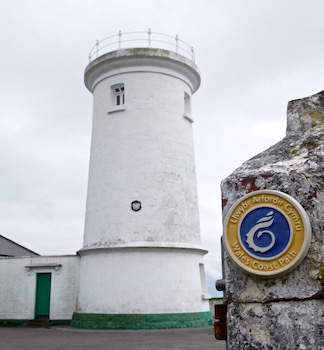
Since I was now subsisting solely on peanuts and ale, it was lucky for me that there was a small cafe on nearby Nash Point where I got a much needed hot dog. The cafe is near a parking spot for the walk to the Nash Point lighthouse - a 19th century lighthouse that was the last manned lighthouse in Wales (automated in 1998). It's perched on a pretty bit of coast with more cliffs in the background.
Walking on, the only other bit of history of note was St. Donat's castle - which sits right on the path but isn't open to the public, as it's been refurbished and most recently converted to an international school. Looking inside as I walked past, I have to say I was quite jealous of the kids who get to go to school at Welsh Hogwarts. Of course, in the early 20th century that would have meant becoming friends with newspaper tycoon William Randolph Hurst, who bought the castle for his mistress and turned it into a Hollywood version of a castle. Not being in the same league as other guests JFK, Bob Hope and Charlie Chaplin, I don't think I would have gotten an invite.

